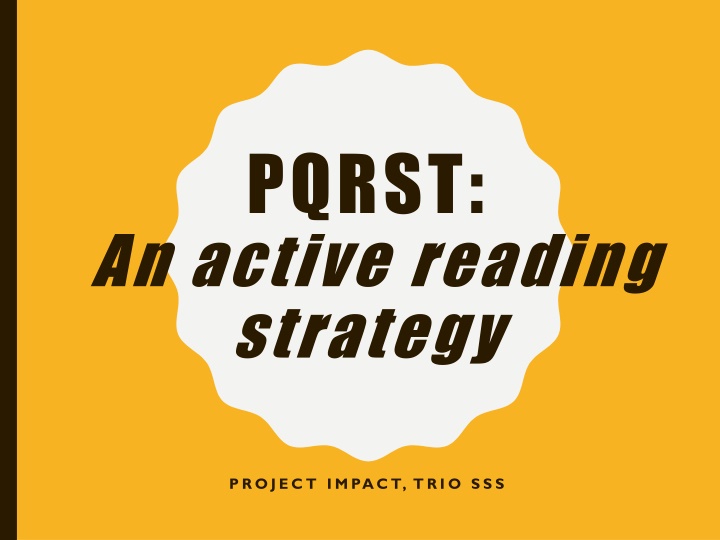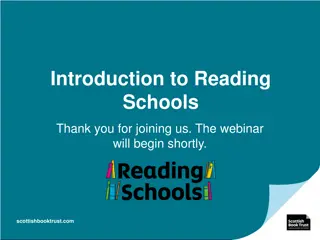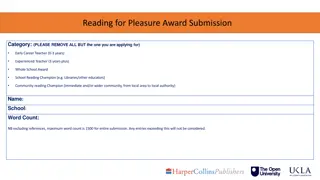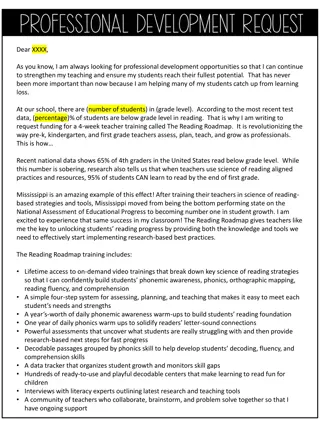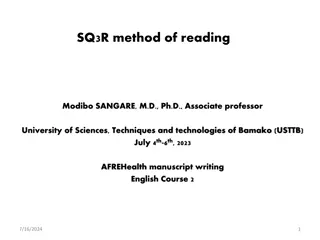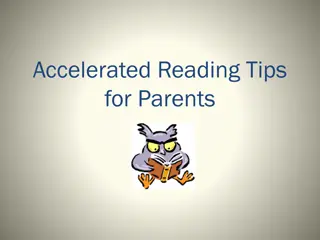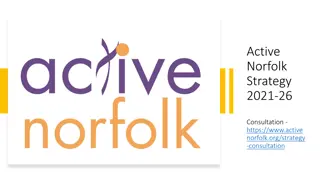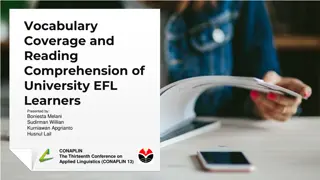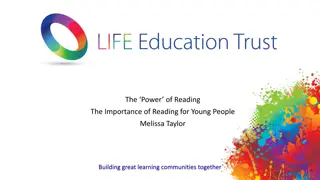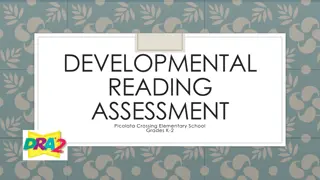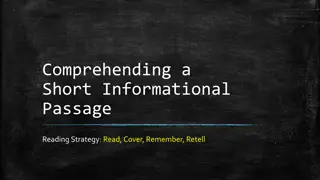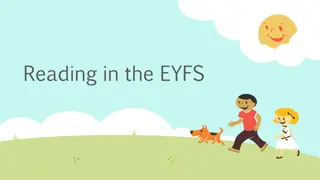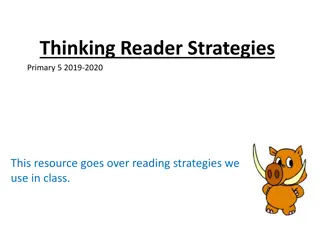PQRST:An active reading strategy
Enhance your reading skills using the PQRST method with this project. Explore how active engagement can elevate your understanding of texts. Discover the TRIOSSS approach to amplify your learning experience. Dive into practical strategies for impactful outcomes. Unleash the power of pro-active reading with this comprehensive guide.
Download Presentation

Please find below an Image/Link to download the presentation.
The content on the website is provided AS IS for your information and personal use only. It may not be sold, licensed, or shared on other websites without obtaining consent from the author.If you encounter any issues during the download, it is possible that the publisher has removed the file from their server.
You are allowed to download the files provided on this website for personal or commercial use, subject to the condition that they are used lawfully. All files are the property of their respective owners.
The content on the website is provided AS IS for your information and personal use only. It may not be sold, licensed, or shared on other websites without obtaining consent from the author.
E N D
Presentation Transcript
PQRST: An active reading strategy PROJ ECT I M PACT, TR I O S S S
WHATS ACTIVE READING? It s the process of engaging with our reading in a dynamic way You are THINKING about what you are reading, DRAWING CONNECTIONS to other ideas, and QUESTIONING the information you read The opposite of active reading is passive reading- just reading for information.
BENEFITS OF ACTIVE READING Develop a greater understanding of the subject Retain the information we read more effectively Save time- because we have to re-read less Perform better on exams because we can recall what we read more effectively PQRST is a strategy we can use to be an active reader
PQRST- WHAT IS IT? P: Preview Q: Question R: Read S: Self-Recite T: Test This is similar to the SQ3R strategy which involves Survey, Question, Read, Recite, and Review PQRST is a strategy to help you commit information to long term memory.
P- PREVIEW Before you begin reading the chapter PREVIEW IT! You want to look at the general Structure of the text. You are developing a rough framework of what to expect. You are THINKING about the subject before you start reading What to do: So, skim the text for: Title Introductory paragraphs Headings Subheadings Concluding paragraphs Charts Graphs Pictures Captions Key vocabulary Review questions Ask yourself: Does this relate to any lectures or past readings?
Q- QUESTION Turn each heading into a question Put it on a sticky note or write/ type it in your notes Who, what, why, when, how, where, list , name As you come across each question in your reading, it will give you something to focus on when you read each section. You will be looking for the answer and reading actively. Aim for open-ended questions What if there are no headings? Try skimming the section (especially the first and last sentence) and coming up with your own question. You can always modify this question later to something more appropriate.
R- READ Now, read the entire chapter. Be sure to read each question before each section. Are the questions you created being answered by the reading? You may need to modify them to something more appropriate Try to connect the reading to things you already know
S- SELF RECITE After each paragraph or section you ve read, try and say out loud the main idea in 10 words or less (in your own words, without looking at the text again) You can also say out loud the answer to the question (in your own words, without looking at the text again) ____________________________________________ Why it works Repeating information out loud helps commit it to long-term memory Putting information in your own words creates personal meaning that you are more likely to remember!
T-TEST Go back to your questions Try and write/ type our the answers to your questions- keep it brief! Use these questions & answers to quiz yourself ongoing
PQRST & KURZWEIL 3000 PREVIEW: Highlight the sections you re previewing (headings, captions, first & last sentences of paragraphs, etc). Set Kurzweil to read self paced by highlight QUESTION: Use sticky notes to insert your questions for each heading READ SELF RECITE: Use the voice note feature to record your 10 word summary at the end of each section TEST: Use a footnote to answer your questions
TRY IT OUT! US E A BOOK OR A RTI CLE
